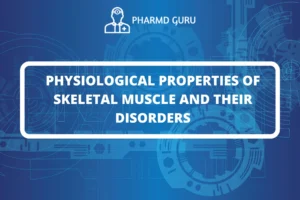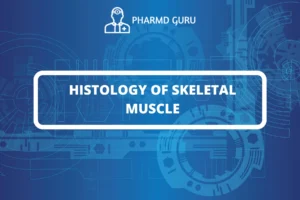The Renin Angiotensin System (RAS) is a crucial hormonal system that plays a vital role in regulating blood pressure, fluid balance, and electrolyte levels in the body. The RAS is mainly controlled by the juxtaglomerular apparatus (JGA), a specialized region in the kidneys, and it also influences the body’s acid-base balance.
SCROLL DOWN TO THE BOTTOM OF THE PAGE FOR ACTUAL NOTES
Renin-Angiotensin System (RAS):
The RAS is a complex hormonal pathway that helps maintain blood pressure and fluid balance. It is activated when the body’s blood pressure drops or when there is a decrease in blood flow to the kidneys. The main components of the RAS include:
- Renin: Renin is an enzyme produced and released by specialized cells in the JGA called juxtaglomerular cells. When the JGA senses low blood pressure or decreased blood flow, it releases renin into the bloodstream.
- Angiotensinogen: Angiotensinogen is a protein present in the blood. When renin is released, it acts on angiotensinogen and converts it into angiotensin I.
- Angiotensin-Converting Enzyme (ACE): Angiotensin I, which is inactive, is further converted into angiotensin II by an enzyme called ACE. ACE is primarily found in the lungs.
- Angiotensin II: Angiotensin II is the active form and serves as the central player in the RAS. It is a potent vasoconstrictor, meaning it narrows blood vessels, leading to an increase in blood pressure. Angiotensin II also stimulates the release of aldosterone, a hormone that promotes sodium and water retention by the kidneys, further increasing blood volume and pressure.
By increasing blood pressure and stimulating sodium and water retention, the RAS helps restore blood pressure to normal levels and maintain adequate blood flow to essential organs, such as the brain and heart.
Juxtaglomerular Apparatus (JGA):
The JGA is a specialized region in the kidneys where the afferent arteriole, which supplies blood to the glomerulus (a cluster of capillaries involved in the filtration of blood), comes into close contact with the distal convoluted tubule (DCT), a part of the nephron responsible for reabsorbing filtered substances. The JGA consists of juxtaglomerular cells, which produce renin, and macula densa cells, which monitor the concentration of sodium chloride in the DCT.
When the macula densa cells detect low sodium chloride levels in the DCT, they signal the juxtaglomerular cells to release renin. This activation of the JGA triggers the RAS, leading to an increase in blood pressure and fluid retention.
Acid-Base Balance:
The RAS also influences the body’s acid-base balance. Angiotensin II stimulates the secretion of aldosterone, which, in addition to promoting sodium and water retention, also enhances the excretion of potassium ions by the kidneys. The excretion of potassium ions helps maintain a proper acid-base balance in the body, as potassium is involved in regulating cellular pH.
In summary, the Renin Angiotensin System (RAS), controlled by the juxtaglomerular apparatus (JGA) in the kidneys, is a critical hormonal pathway that regulates blood pressure, fluid balance, and electrolyte levels. It helps maintain proper perfusion of organs during low blood pressure situations. Additionally, the RAS influences the body’s acid-base balance by regulating the excretion of potassium ions by the kidneys. This intricate system ensures the body’s physiological stability and optimal functioning.
ACTUAL NOTES




